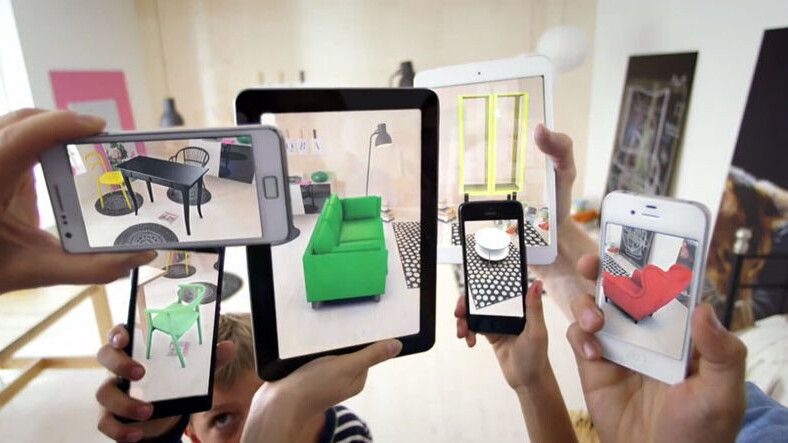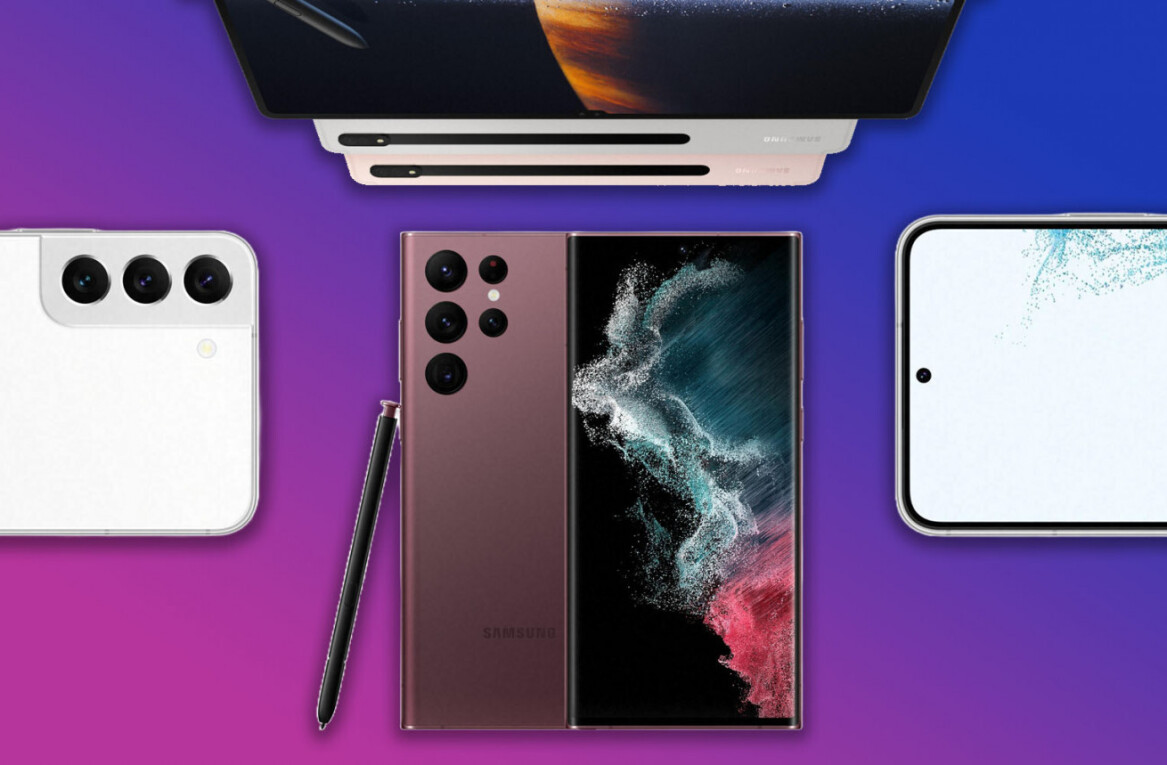Augmented reality might seem like a daunting new frontier for the average business, but adopting this new technology is a lot easier than it seems. With an anticipated 3.8 billion smartphone users in 2021, more people are using mobile tech to experience the world, from enhanced museum tours to Animoji. If you haven’t already considered it, AR can be a smart, practical form of smart marketing and branding.
First, it’s important to distinguish between augmented reality and virtual reality. Virtual reality is an almost wholly-digital experience that requires special hardware to immerse yourself in a new environment. Augmented reality is a combination of the digital and physical worlds, where the former is often “layered” over the latter. If you’ve used custom Snapchat filters or played Pokemon Go, you’ve already tried AR without even realizing it.
But the great thing about AR is that it doesn’t require buying new hardware. Virtual reality, while still an exciting new realm, isn’t as widely accessible as AR. For starters, you need pricey new gadgets to play around in VR, but anyone with a smartphone and an internet connection can tap into a well-crafted AR experience.
“The biggest benefit of AR is the simplicity with which you can build on top of the existing world that a user is already familiar with to teach them new things or show them new information that was previously unavailable,” says Gal Oppenheimer, who manages Contentstack’s Solutions Architecture Team. AR has, for instance, become a huge part of our daily reality, with Zoom virtual backgrounds helping people continue to meet and work collaboratively regardless of their environment.
Speaking to Oppenheimer and Contentstack’s marketing director Varia Makagonova reveals that augmented reality is a particularly effective, forward-thinking strategy for companies in retail, museums/education, and home improvement; AR works best to convey important, relevant information to customers in a quick, intuitive way. Best of all, it’s surprisingly straightforward to implement, especially if you’re working with an experienced content management team.
Great AR needs great content
As a headless CMS, Contentstack leads the way in helping businesses create innovative content experiences. In 2020, blogs and websites are no longer the main avenues of brand communication – modern customer experiences can include everything from chatbots and apps to new types of streaming media. Contentstack helps you adapt to new technology quickly and seamlessly, no matter the platform.
“When people look at AR, they only see the end experience,” says Oppenheimer. “And what people don’t realize is really there are two pieces to an AR experience. There’s the experience the consumer sees… and that is really just a 3D model, a color map, and a rendering library.” Then there’s the content, which can require just as much attention, depending on the scope of a company’s product lineup. This is where Contentstack comes into play.
A great content platform needs to be streamlined and easy to use, especially if you’re going to be working with new channels and touchpoints like Augmented Reality applications. With the right tools, it’s easy to build a well-organized, flexible content library that can be used to power all kinds of content-rich experiences.
And when it comes to retail, that often means making sure you can easily plug in personalization and e-commerce technologies into these experiences. As Oppenheimer points out, “it doesn’t matter if you have the biggest library of content available for your AR application to use. If the customer doesn’t see the one product that they are looking for to try on or learn more about, the app has not done its job for them.”
Building and tending to a useful content experience doesn’t have to be painful, though. “We have customers that have well over 2 million products in their Contentstack,” Oppenheimer says. “And when they do a release, sometimes that’s 200 products going live the same day… being able to facilitate that process easily, and then making sure that content appears in the mobile application that has all the rich AR content at the end, that’s where we come in.”
Making AR experiences useful for your customers
When accessing information on mobile, people are often seeking the quickest path to the most concise answer. And as Makagonova points out, AR truly shines in industries where consumers seek practical information. “The benefit that you get from AR is taking a bunch of complex and lengthy information and being able to make that into something useful, personal, and organized in a way that’s easy to consume,” she explains.
Contentstack recently documented how they, with the help of a partner, built an augmented reality demo in just four weeks. The team brainstormed how to turn detailed information into an easy, intuitive, and personalized experience. The result was Project Spyglass – an AR-enhanced look inside a beauty and skincare product line. Consumers can use smartphones to scan a bottle on the shelf, and again at home, to discover similar products, sustainability and ingredient details, usage instructions, and personalized tips and tricks.
Of course, this is all ties back to having a content library that can offer information relevant to the needs of skincare customers, like dermatological information and common allergens, as well as tutorials and product comparisons. In this case, AR is used to streamline, simplify, and personalize a huge array of content, creating an empowering experience for the customer especially during the browsing and buying process, and even long after they take the product home.
As more people make day-to-day decisions on their smartphones, AR is a perfect match for the retail sector, especially when individualized routines like skincare and health are involved. And as the Contentstack team learned, it’s absolutely possible to build a working proof-of-concept in just four weeks. With such an overwhelming wealth of information and data at our fingertips, it’s easy to address customers’ needs while seamlessly weaving new technology into your platform. Regardless of your industry or business, it’s clear that people seek better, more practical experiences.
“It’s about being able to pluck out the exact relevant thing that you’re looking for, and then have it displayed for you in a way that extends your journey,” says Makagonova, “instead of having to step out of your reality and put yourself into a whole new one. I think it’s much more applicable for certain industries where you don’t want an entertaining experience, you need a useful one.”
Get the TNW newsletter
Get the most important tech news in your inbox each week.







